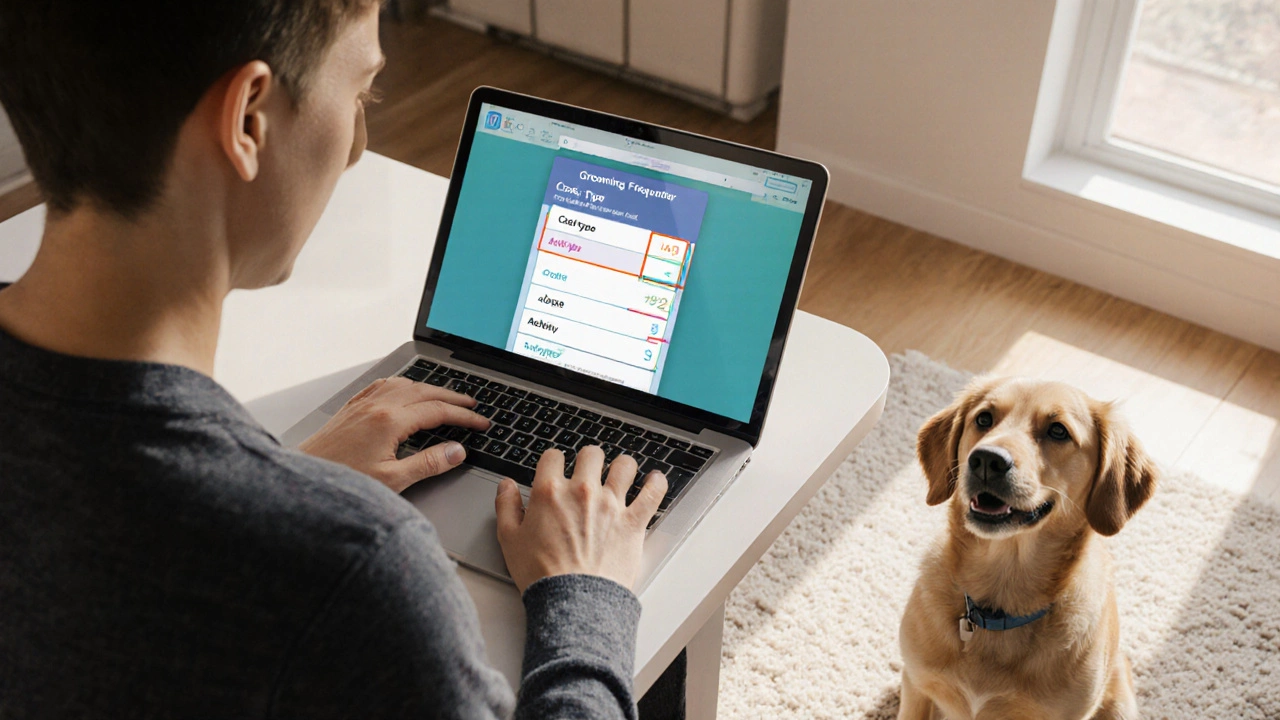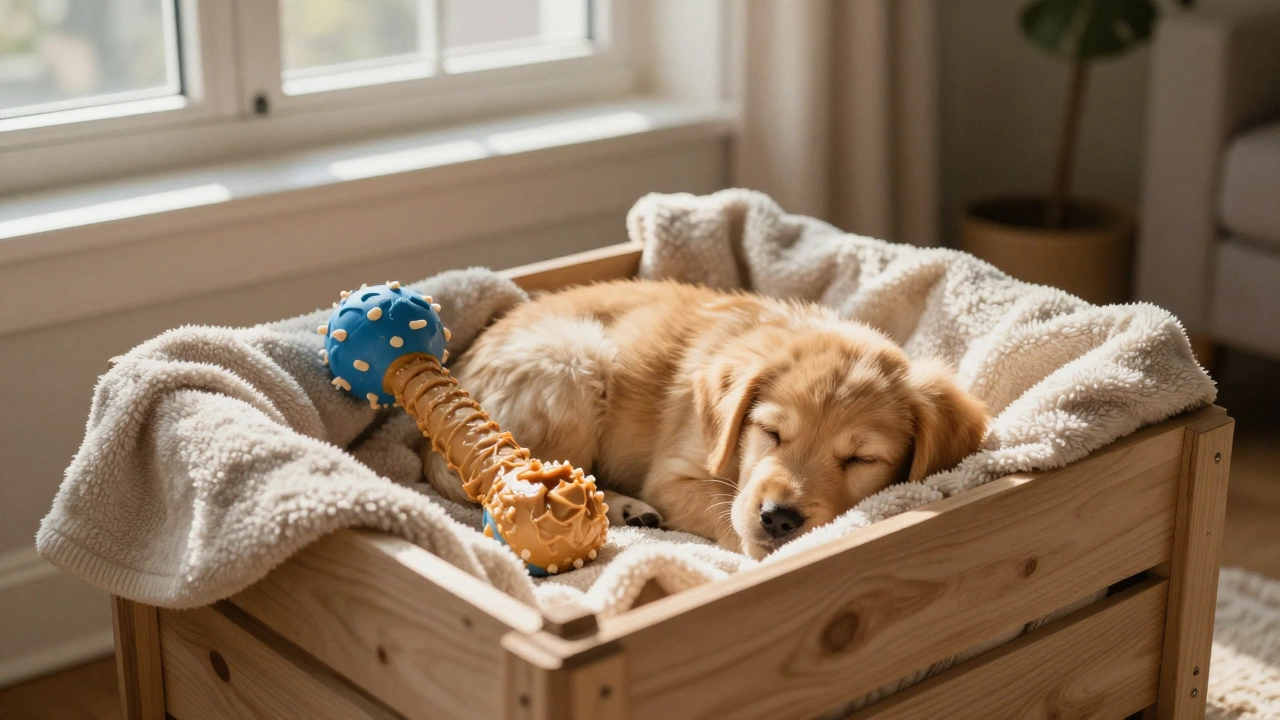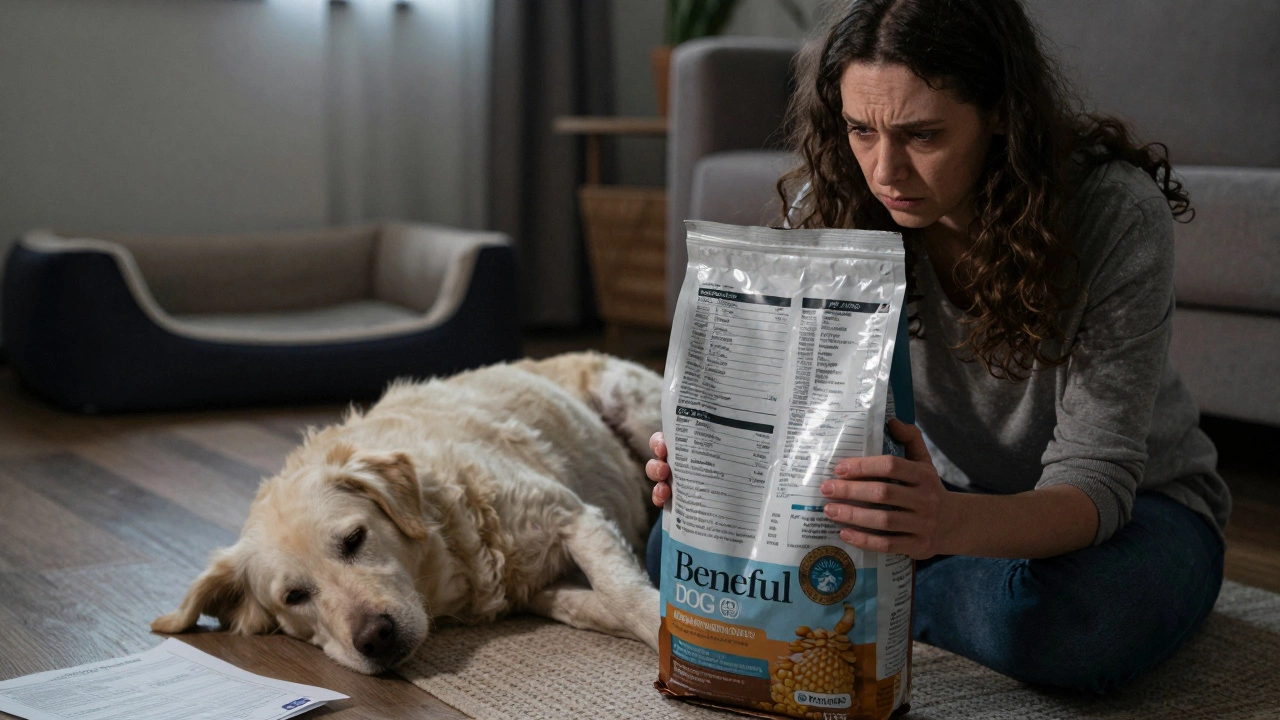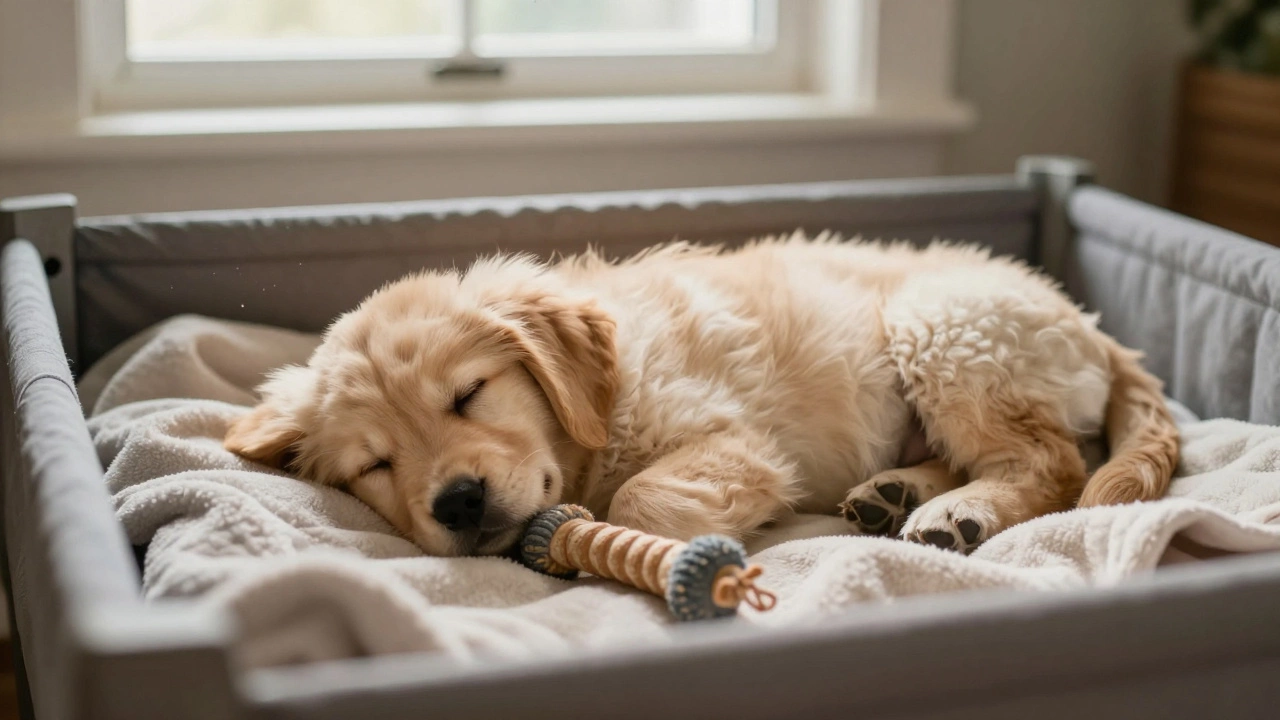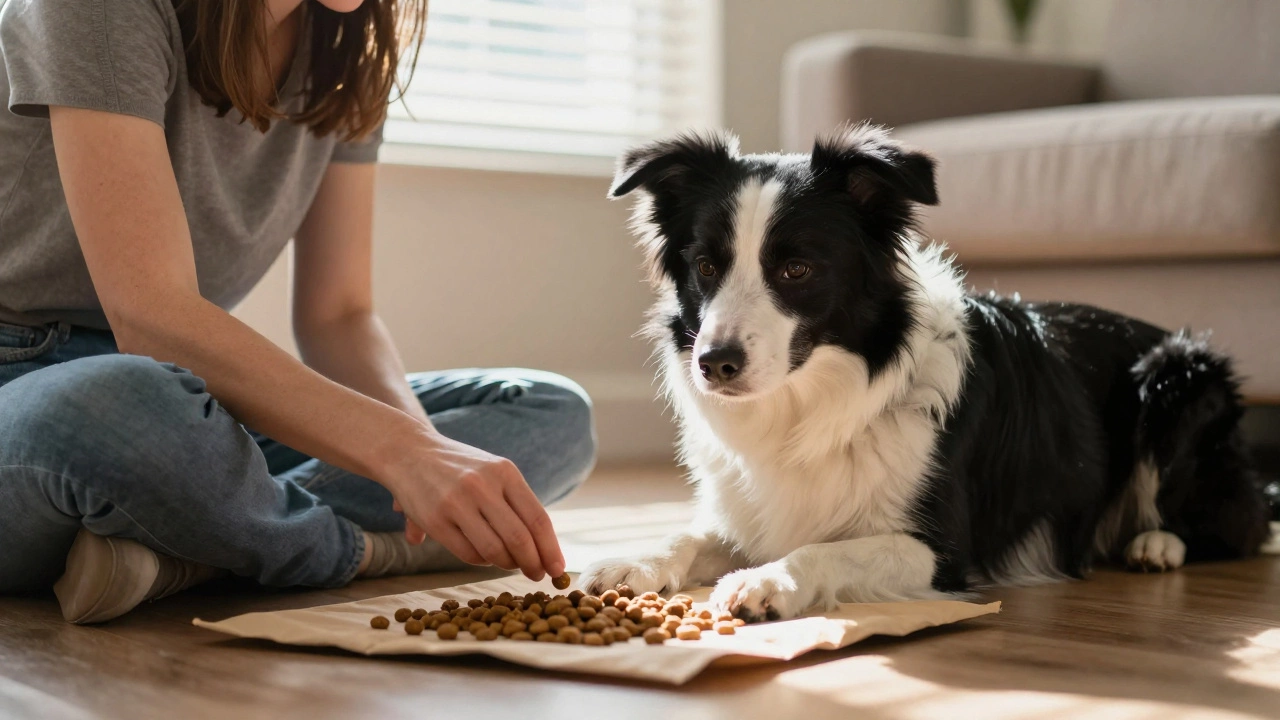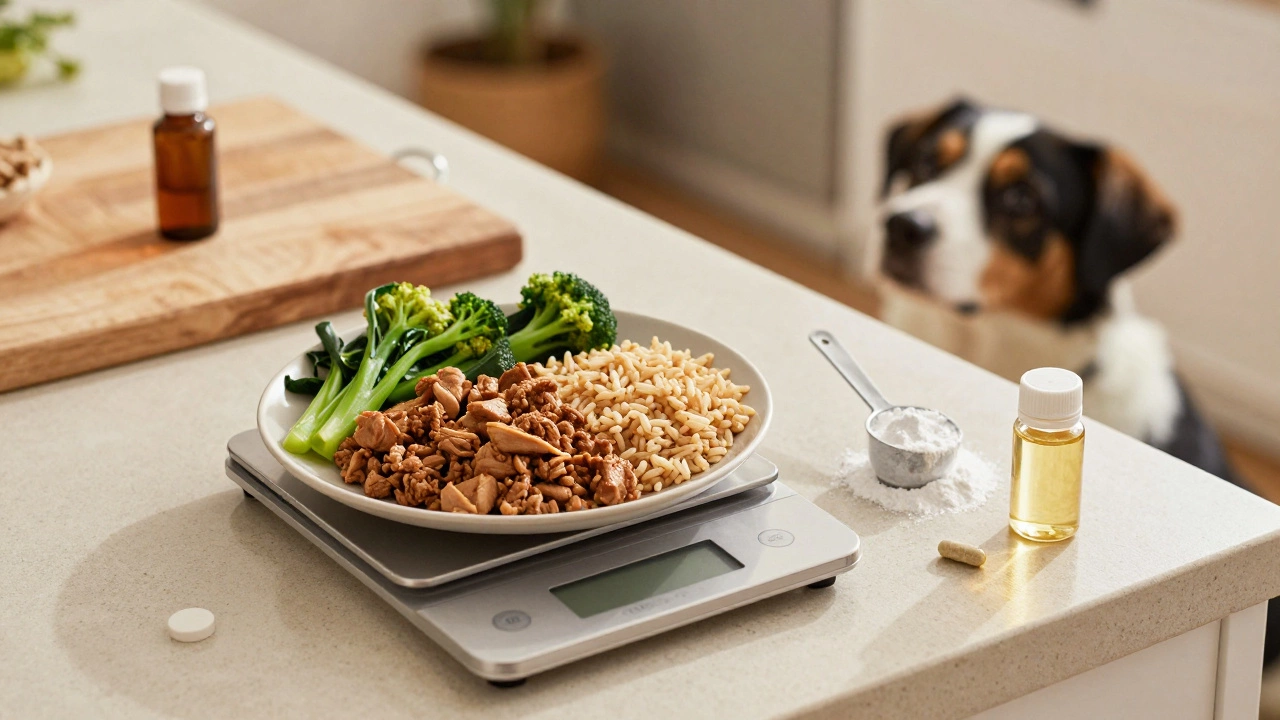Pet Grooming Tips: Simple Ways to Keep Your Dog Fresh
Grooming doesn’t have to be a battle. With a few easy habits you can keep your dog looking great and feeling relaxed. Below are the most useful tips that work for busy owners in South Tyneside and beyond.
Tools and Prep
Start with the right gear. A slick‑brush works for most coats, while a bristle brush is better for short hair. Keep a pair of nail clippers, a dog‑safe shampoo, and a towel in a basket near the bath. Having everything within arm’s reach cuts down on nervous pauses and makes the whole process feel smoother.
Before you even turn on the water, brush out tangles. Loose hair can turn into mats when it gets wet, and mats are the biggest cause of stress during a bath. If you find a knot, gently work it loose with a detangling spray or a finger‑comb before using the brush.
Temperature matters, too. Warm water – not hot – is best for most dogs. Test the water with your wrist; it should feel like a pleasant shower, not a hot tub. A quick ear check for water entry can prevent infection, especially for breeds with floppy ears.
Calm Grooming Techniques
Dogs pick up on our mood, so stay relaxed. Speak in a calm voice and reward calm behavior with treats. A small bite‑size reward after each step – brush, wash, rinse – teaches your pup that grooming equals good things.
If your dog gets anxious, try a short walk or a game of fetch before the session. Exercise burns excess energy and often makes the dog settle quicker in the grooming area.
When it comes to nail trimming, trim just a little at a time. Cutting too close to the quick can cause bleeding and fear. If you’re unsure, trim the tip in small increments and use a styptic powder on hand for accidental cuts.
Drying can be a big stress point. Use a low‑heat, high‑speed dryer set on a gentle setting, or simply towel‑dry if your dog tolerates it. Keep the dryer moving and don’t aim it directly at the face.
Professional groomers have tricks for keeping dogs still, like using a grooming table with a non‑slip surface or a calming spray. You can replicate a stable surface with a rubber mat and a short, secure leash to prevent sudden moves.
Cost‑saving tip: combine services. Many groomers offer a bundle for a bath, trim, and nail clip that’s cheaper than separate appointments. If you groom at home, buy shampoo in bulk and use a refillable bottle to cut packaging waste.
Finally, keep a grooming schedule. Regular baths every 6‑8 weeks and weekly brushing keep coat health good and reduce the time needed for each session. A predictable routine also helps your dog know what to expect, lowering anxiety over time.
With the right tools, a calm mindset, and a simple routine, grooming can become a bonding moment rather than a chore. Give these tips a try and watch your dog’s coat shine while the stress fades away.
How Often Should You Groom Your Dog? Normal Frequency Explained
Learn the right grooming schedule for any dog breed, from short‑haired to double‑coated, with tips on tools, signs, and DIY vs professional care.

